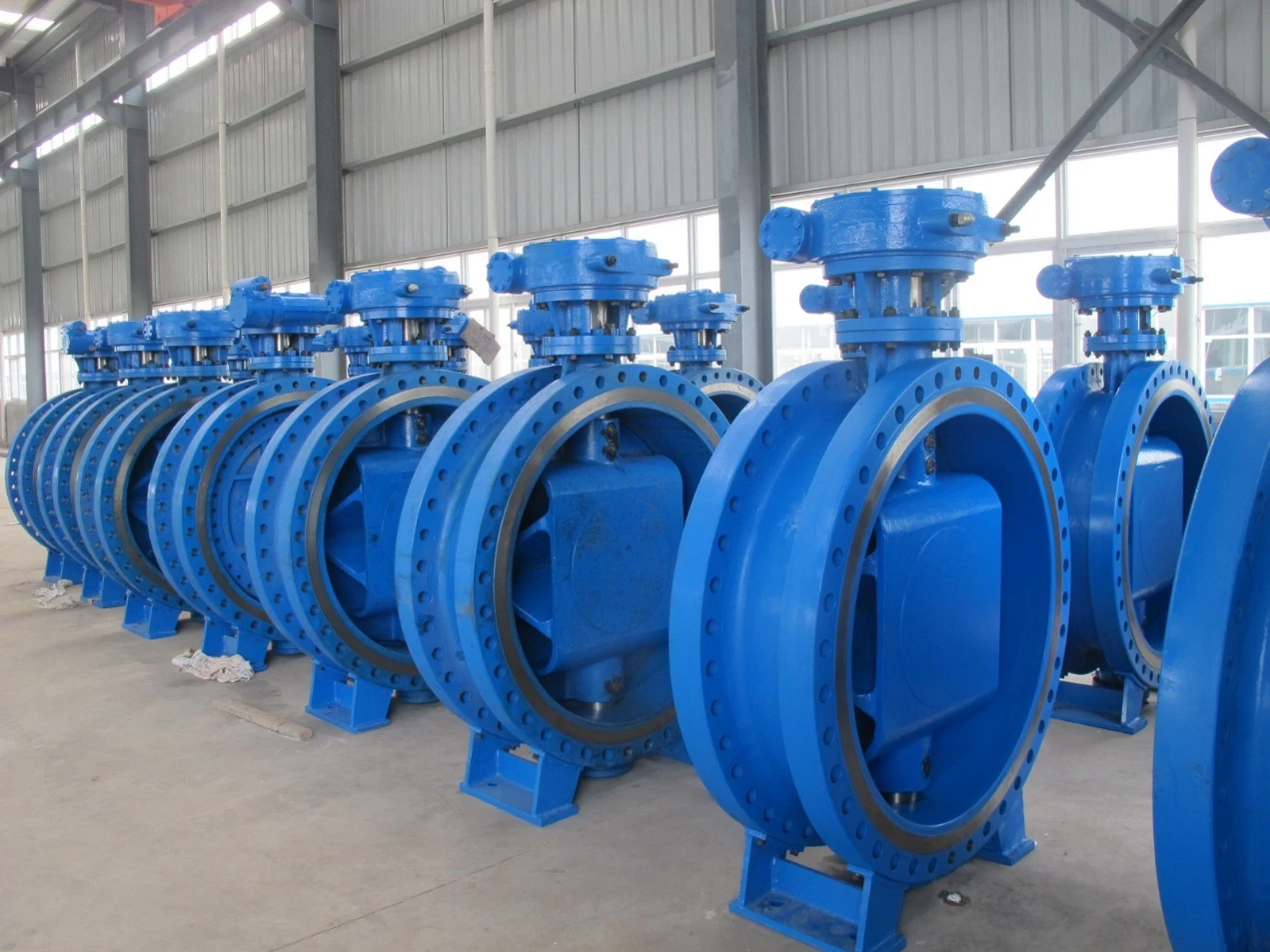डिस . 09, 2024 17:46 Back to list
Precision Measurement Tool for Snap Bore Gauge Applications in Engineering and Manufacturing
Understanding Snap Bore Gauges A Comprehensive Guide
In the world of precision engineering, accurate measurement is pivotal. Among various tools used for this purpose, snap bore gauges stand out as essential instruments for assessing the internal dimensions of cylindrical objects. This article delves into the diverse aspects of snap bore gauges, including their construction, working mechanisms, applications, and benefits.
What is a Snap Bore Gauge?
A snap bore gauge is a specialized measurement tool designed to measure the internal diameters of holes, cylinders, and other cylindrical features with high precision. Unlike external measuring tools such as calipers, snap bore gauges are specifically tailored for internal dimensions, making them indispensable in fields such as manufacturing, mechanical engineering, and quality control.
Construction of Snap Bore Gauges
The typical snap bore gauge consists of a few key components
1. Body The main structure, often made of durable material like stainless steel, holds the gauge’s components. 2. Measuring Heads These are spring-loaded arms that expand to contact the internal surface of the bore or hole being measured. 3. Alignment Features Some models come equipped with alongside or centering points, allowing the user to precisely position the gauge within the bore. 4. Measuring Mechanism This includes the dial indicator or electronic display that shows the measurement readout, providing immediate feedback to the user.
The design may vary depending on the specific type of snap bore gauge, but the underlying principle remains the same to facilitate accurate measurement of internal dimensions.
Working Mechanism
snap bore gauge

Using a snap bore gauge involves a straightforward process. Here are the steps typically followed
1. Preparation Ensure that the gauge is clean and free from any debris that could affect measurement accuracy. If the gauge includes a calibration feature, check it before use. 2. Insertion Gently insert the snap bore gauge into the bore or hole. The measuring heads should be positioned so that they can contact the inner walls. 3. Expansion Activate the mechanism to expand the gauging tips. This usually involves pushing a trigger or turning a knob, allowing the measuring heads to make contact with the bore walls. 4. Measurement Once the measuring heads are in contact with the bore’s interior, the user can take note of the measurement displayed on the dial or digital readout. 5. Retrieval and Adjustment Carefully withdraw the gauge and assess whether further measurements are necessary. Repeat the process as required for different spots within the bore to ensure uniformity.
Applications
Snap bore gauges find extensive application across various industries, including
- Manufacturing Ensuring that machined parts meet specified tolerances. - Automotive Industry Measuring engine block bores and other critical components. - Aerospace Checking the internal dimensions of precision components. - Quality Control Conducting inspections to maintain product standards.
Their ability to provide immediate, accurate readings helps streamline production processes and maintain quality control, minimizing costs related to errors and rework.
Benefits of Snap Bore Gauges
1. Precision Snap bore gauges provide highly accurate measurements, critical for applications demanding tight tolerances. 2. Ease of Use Even users with minimal technical expertise can operate these gauges effectively. 3. Versatility They can measure holes in various shapes and sizes, accommodating diverse industrial applications. 4. Durability Made from robust materials, snap bore gauges are designed to withstand the rigors of industrial environments.
In summary, snap bore gauges are indispensable tools for anyone involved in precision measurement of internal dimensions. Their simple design, ease of use, and accuracy make them a favored choice in numerous applications, contributing significantly to the quality assurance processes in manufacturing and engineering. Understanding their function and capabilities can aid professionals in choosing the right tools for their measurement needs and consequently enhance the efficiency of their operations.
-
Why Metric Trapezoidal Thread is Ideal for Precision Motion ControlNewsAug.05,2025
-
The Unique Properties of a Block of Granite for Industrial UseNewsAug.05,2025
-
The Role of Flanged Y Strainers in Preventing Pipeline ClogsNewsAug.05,2025
-
The Importance of Regular Calibration for Master Ring GagesNewsAug.05,2025
-
How a Cast Iron Surface Table Enhances Accuracy in ManufacturingNewsAug.05,2025
-
Comparing Different Check Valve Types for Optimal Flow ControlNewsAug.05,2025
Related PRODUCTS









